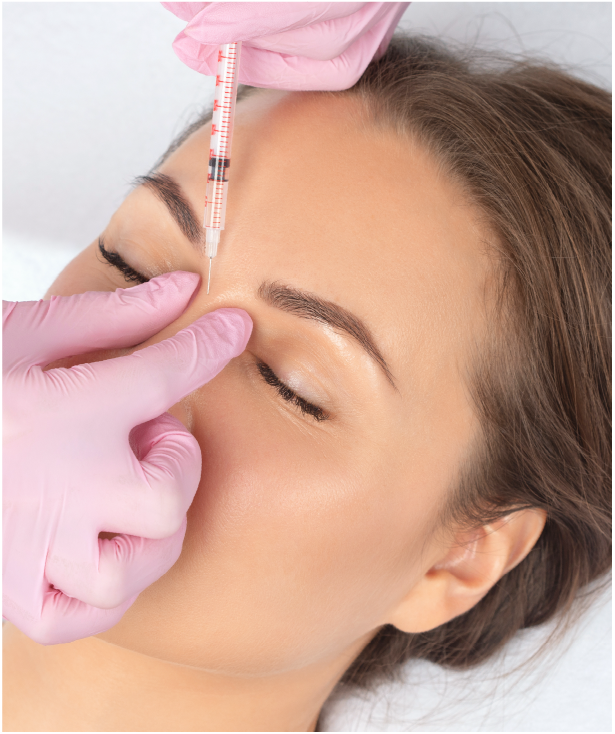BOTOX & Xeomin

NEUROMODULATORS
decreased amounts of collagen and elastin as well as decreased oil production and turnover in skin leads to signs of facial aging including dry texture, Sagging skin and wrinkles. Neuromodulators such as Botox, Dysport and Xeomin are wrinkle relaxing agents from the Botulinum Toxin. Injecting these agents into the facial muscles, with on-label and off-label use, aims to relax dynamic expression lines in the forehead, crows feet, frown lines, furrow lines, and perioral vertical lines. In addition to dynamic lines, a neuromdulator can even relax resting lines after a series of treatments. Neuromodulator injections paired with medical grade skin care and other non-Surgical treatments can dramatically Improve your look with glowing, Radiant, and healthy looking skin.

considerations for NEUROMODULATOR INJECTIONS
Schedule a Consultation at out medical spa, FACE Aesthetics to discuss your Concerns and goals. It is important to discuss conditions such as myasthenia Graves, Amyotrophic Lateral Sclerosis (ALS or Lou Gehrigs Disease), or Lambert Eaton Syndrome as well as facial weakness,or drooping of the eyelids or eyebrows. Please discuss any bleeding conditions or recent infections and any allergies or reactions to medication or use of medications including muscle relaxants, antibiotics and blood thinners. Neuromodulator injection is not recommended for pregnant or breastfeeding women.
RECOVERY
The results from Neuromdulator injections are seen within two to fourteen days after treatment. Avoid rubbing injections sites and lying down after injections to avoid migration of toxin. Normal Activity can be resumed after treatment. Results from Neuromdulator injections commonly last from three to five months, depending on the type. Avoid heavy lifting for twenty four hours after injections. common side effects of neuromodulator injections include headache. Rare but serious side effects of Neurmodulatior injections include hyperesensitivity to injections, difficulty Breathing, swallowing and effects to the Cardiovascular system.


